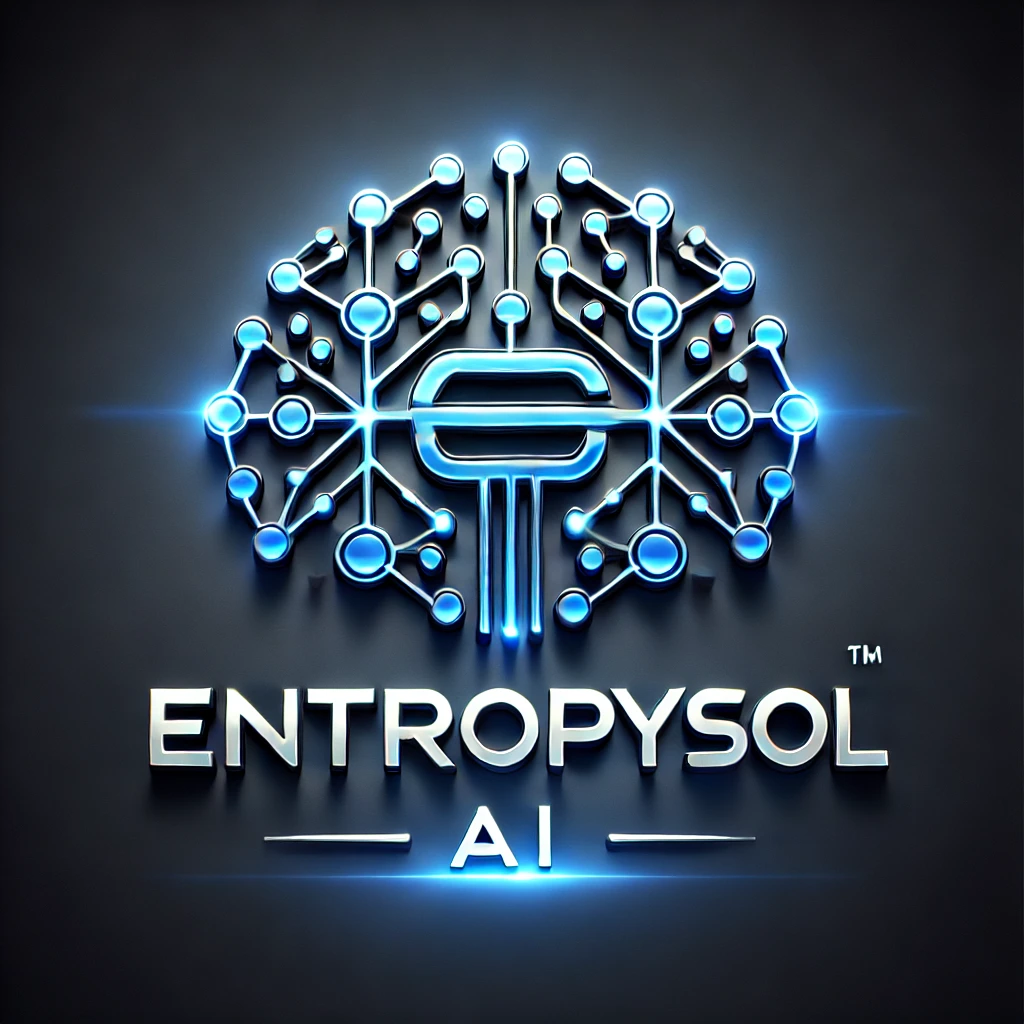Building powerful artificial intelligence models often feels like magic, but at its heart lies a systematic process of training. If you are diving into deep learning, PyTorch stands out as an incredibly flexible and user friendly framework. Understanding how to effectively train a model in PyTorch is a fundamental skill. It is where raw data transforms into intelligent behavior.
The PyTorch Training Workflow
Think of training as teaching a student. You show them examples, check their understanding, correct their mistakes, and repeat until they master the subject. For a neural network in PyTorch, this teaching happens within a dedicated training loop. This loop orchestrates everything, from feeding data to updating the model’s internal knowledge.
+———————+
| Load Data |
+——–+————+
|
v
+———————+
| Build Model |
+——–+————+
|
v
+———————+
| Training Loop |
| (for each epoch) |
+——–+————+
|
v
+———————+
| Forward Pass |
| (Make Prediction) |
+——–+————+
|
v
+———————+
| Calculate Loss |
+——–+————+
|
v
+———————+
| Backpropagation |
| (Calculate Gradients)|
+——–+————+
|
v
+———————+
| Update Weights |
| (Using Optimizer) |
+——–+————+
|
^
|
+———————+
| Evaluate Model |
+———————+
Setting the Stage: Data and Model Architecture
Before any training begins, you need your data organized and your neural network defined. PyTorch provides elegant solutions for this. Your raw information is typically managed by a dataset, a way to store samples and their corresponding labels. To efficiently feed this data into your model during training, you use a dataloader. This clever tool handles batching your samples into mini batches, shuffling them for better learning, and even parallel loading to speed things up.
Next, you design your model architecture. This means building your neural network using PyTorch’s nn.Module. You define layers and connections, forming the structure that will learn from your data.
Inside the Training Loop: The Learning Engine
The real learning happens inside the training loop, which typically runs for a number of epochs. An epoch means your model sees the entire dataset once. For each mini batch within an epoch, these crucial steps occur:
- Forward Pass: Your data flows through the neural network. The model takes the input and makes predictions. This is the forward pass.
- Calculate Loss: We then compare the model’s predictions to the actual correct answers. The difference is measured by a loss function, which quantifies how far off the model’s guesses were. A smaller loss means better predictions.
- Backpropagation: This is the magic part. Based on the calculated loss, the model figures out how much each internal weight contributed to the error. This process is called backpropagation, calculating gradients for every adjustable part of your neural network.
- Optimize Weights: Finally, an optimizer takes these gradients and uses them to adjust the model’s weights. It determines how to nudge the weights in the right direction to reduce the loss. A crucial setting here is the learning rate, which controls the size of these weight adjustments.
For faster training, especially with large datasets and complex models, you will absolutely want to leverage GPU acceleration. PyTorch makes it straightforward to move your model and data to a GPU, unlocking significant computational power.
Evaluating Your Model’s Performance
After training completes, or even periodically during the process, it is vital to perform model evaluation. You test your trained model on data it has never seen before to assess its true performance using relevant metrics like accuracy or precision. This helps ensure your model generalizes well to new, unseen information.
Why PyTorch Shines for Training
PyTorch’s intuitive design, dynamic computational graph, and strong community support make it an outstanding choice for training deep learning models. It empowers researchers and developers to build, train, and experiment with complex neural network models with remarkable clarity and control. Understanding this core training process in PyTorch opens up a world of possibilities in artificial intelligence.
